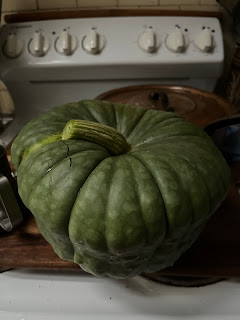Who is Instagram influencer Caroline Calloway and why is the world paying so much attention to her?
Visit Akin’s Trump Executive Order Overview to view a summary. Use the menu below to filter by topic. Subscribe to regular updates as new orders are published.”
“The website is the home of Web Curios, a blognewslettertypething which has existed in various forms in various places online since about 2010 (it also exists as a bot on Bluesky, for anyone who, inexplicably, doesn’t want to read 10k words about ‘stuff on the internet’ in one go each week).
First published on the corporate website of PR agency Hill & Knowlton UK (this amazes me as much as it does you, trust me), Web Curios was then published by Imperica between 2013-20; now it lives here along with the (partial) archive of previous editions. Thanks to the magic of coding, the archive is now searchable –
I plan to add tags to this when I get a moment to go through the 7,000-odd links that said archive contains AI gets good enough to do it automatically, but til then you’ll have to make do with freetext. I can’t stress enough how potentially-useful this is – honestly, if you need digital-type ideas, I suggest you go spelunking and rip off some old shit from 4 years ago that you can give a conceptual refresh to and pass off as ‘original’ thinking.
Noone will EVER know…
What IS this? Web Curios is a weekly roundup of stuff that its author – that is, me – has found interesting online over the past 7 days, and thinks worth sharing with its small readership. Web Curios has no real curatorial theme, beyond ‘stuff that its author thinks is interesting’, which may in part explain its steadfast refusal to grow beyond a very niche concern despite its preposterous longevity…”
Sciurls is a project by Browserling – a friendly and fun cross-browser testing company powered by alien technology.” “It looks like a Really Simple way to manage content Syndication”
Looking for finance/business news? We also have FINURLS – finance news aggregator. Check it out!
Marginalia Search – Explore the Web your way – Search: All. Blogs, Academia, Vintage, Plain Text, Wikis, Forums, Recipes, Search in Title, Recent Results, Remove Javascript, Reduce Adtech.
- Prioritizes non-commercial content
- Tools for both search and discovery
- Find lost old websites
Open Source
- Custom index and crawler software
- Simple technology — no AI or cloud
- AGPL license
Privacy by default
- Filter out tracking and adtech
- No user or search data shared with 3rd parties
- No long-term retention of queries or IP addresses







